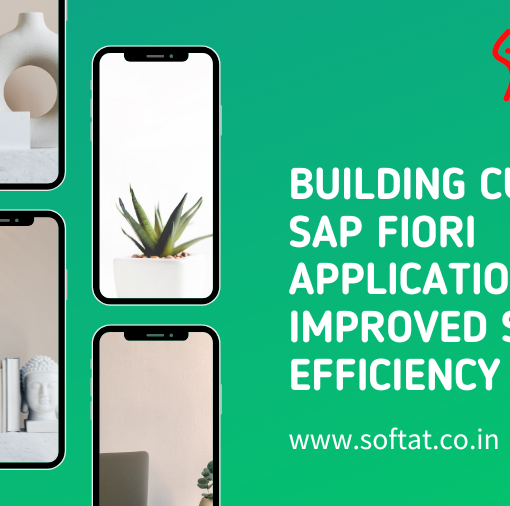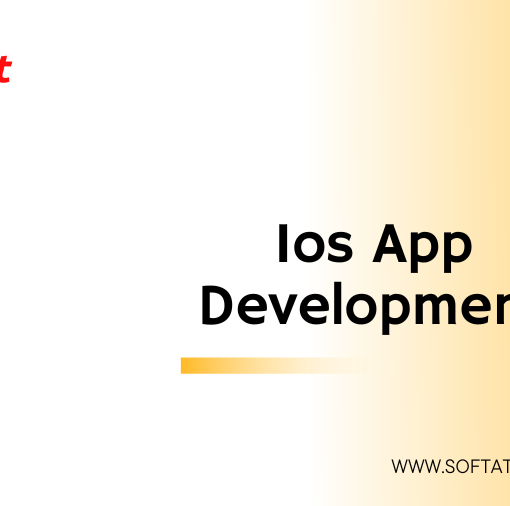ABAP ale idoc rfc step by step Guide to Seamless Data Exchange
In the complex world of enterprise data management, seamless and efficient data exchange between disparate systems is crucial. SAP’s ABAP Application Link Enabling (ALE) technology, coupled with Intermediate Documents (IDocs) and Remote Function Calls (RFCs), has emerged as a powerful solution for this challenge. This blog delves into the intricacies of abap ale idoc rfc step by step guide to its implementation and offering valuable insights for developers and business users alike.

Understanding the Landscape: What is ABAP ALE IDoc RFC?
- ABAP ALE: A SAP technology facilitating data exchange between SAP systems and external systems.
- IDocs: Standardized electronic documents encapsulating data for transfer between systems.
- RFCs: Mechanisms for invoking functions in remote systems, enabling data exchange and processing.
ABAP ALE IDoc RFC combines these elements to create a robust data exchange framework:
- Data Preparation: Data is extracted from the source system and formatted into an IDoc structure.
- IDoc Creation: An IDoc is generated using the extracted data and relevant control information.
- ALE Communication: The IDoc is sent through the ALE infrastructure to the target system.
- IDoc Processing: The target system receives the IDoc, parses its data, and triggers relevant processes.
- RFC Execution (Optional): If required, an RFC can be invoked within the target system to perform specific actions based on the IDoc data.
Why Use ABAP ALE IDoc RFC?
- Standardized Data Exchange: Ensures consistent and reliable data transfer between diverse systems.
- Asynchronous Processing: Enables decoupled data exchange, improving system performance and scalability.
- Security and Traceability: Provides robust security measures and comprehensive audit trails for data transfers.
- Flexibility and Customization: Offers flexibility for tailoring data exchange to specific business needs.
Step-by-Step Guide to Implementing ABAP ALE IDoc RFC:
1. System Configuration:
- Establish a trusted RFC connection between the sending and receiving systems.
- Define message types and corresponding IDoc structures in both systems.
- Configure ALE communication channels and ports for data exchange.
2. Data Preparation (Sending System):
- Develop an ABAP program to extract data from the source system.
- Map the extracted data to the corresponding IDoc segments and fields.
- Use function modules like IDOC_CREATE or IDOC_CREATE_PHASES to generate the IDoc.
3. IDoc Transmission and Processing (Receiving System):
- The IDoc is sent through the ALE infrastructure to the target system.
- The target system receives the IDoc and triggers an inbound processing function module.
- This function module parses the IDoc data and performs necessary actions, such as updating databases or triggering workflows.
4. RFC Execution (Optional):
- Within the inbound processing function module, an RFC can be called to execute specific logic in the sending system.
- This enables bi-directional communication and data manipulation across systems.
5. Monitoring and Error Handling:
- Implement monitoring mechanisms to track IDoc statuses and identify potential errors.
- Configure error handling routines to address issues and ensure data integrity.
Best Practices for Effective ABAP ALE IDoc RFC Implementation:
- Clear Business Requirements: Define clear data exchange requirements and processes before technical implementation.
- Thorough Testing: Conduct rigorous testing to ensure data accuracy, consistency, and error handling effectiveness.
- Performance Optimization: Optimize IDoc structures and communication channels for efficient data exchange.
- Security Considerations: Implement robust security measures to protect sensitive data during transmission.
- Documentation and Training: Document processes and train users involved in IDoc creation and monitoring.
The Future of ABAP ALE IDoc RFC:
- Integration with Cloud Solutions: Leveraging cloud-based platforms for data exchange and processing.
- Advanced Data Transformation: Utilizing advanced data transformation capabilities within IDoc structures.
- Enhanced Security Features: Implementing cutting-edge security protocols for data protection.
- Simplified Configuration and Management: Streamlining IDoc configuration and management processes.
By mastering ABAP ALE IDoc RFC, you can unlock seamless data exchange capabilities within your SAP landscape, fostering better integration, improved data accuracy, and ultimately, optimized business processes. Remember, this blog serves as a stepping stone, and continuous learning and exploration are crucial for harnessing the full potential of this powerful data exchange technology.
Read related blogs:
SAP ERP Modules: COMPLETE List (SAP ERP Components)
What is EDI,ALE & IDOC ? How does it work?




